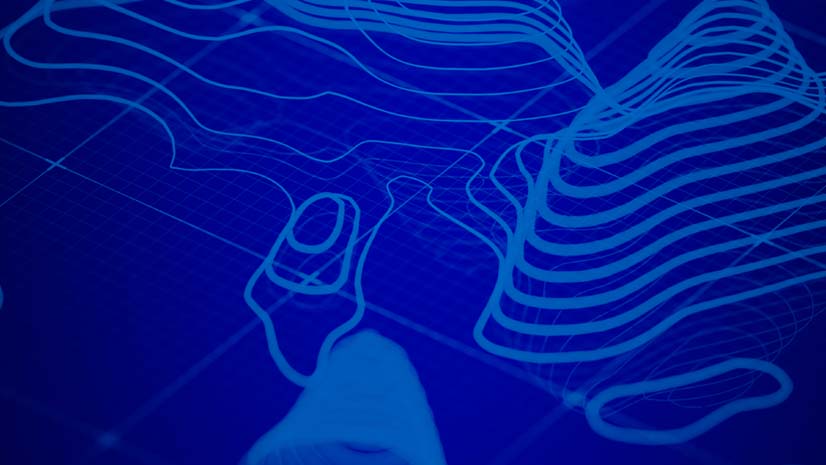The electric and gas utility business is complex. Some say the electric grid is the most sophisticated technology in the world. Natural gas networks are not far behind. Diving deep in to the business, there is probably one of nearly every kind of technological wonder at play. Control systems, artificial intelligence, Lidar, sensor networks, augmented reality, and of course GIS. Utilities, to some extent like the space industry, drive innovation of technology. Yet overlaid with all this sparkling technology are some old patterns of behavior.
Every industry strives to improve. Utilities can improve by getting rid of old habits.
Two old behaviors linger: working in silos, and heavy reliance on institutional knowledge.
—–
Utilities have been around for more than a century. As they grew, they needed to organize into groups, teams, departments, and divisions. Engineers did the engineering. Accountants did the books. Customer service representatives took the outage and billing calls. The more people specialized, the less the specialist from one group communicated to the specialist in another group. The troubleshooters in a line truck or the gas repair service workers checking for a gas leak would never talk to or even know the names of the tax accountants.
As utilities computerized, they automated these silo processes. Like their pre-digital counterparts, these automated systems did not talk any more to other systems than the old timers ever did. This created information and work flow silos. It is not surprising that when a line crew replaces a pole that an intoxicated driver knocked down at 2:00 a.m. after the bars closed, they may fail to record the details of the work. This gets even worse after a major blizzard, hurricane, or earthquake, when the crews are so stretched and stressed. The last thing they (and many of their managers) care about is the accounting.
The other problem is that due to institutional knowledge, utility workers “sort of knew” where things were, how to fix things, and how to prioritize their work. They relied partially on documentation and probably more on their accumulated knowledge of the system. This led to missing and inconsistent information. Things worked pretty well. Engineers “had a good idea” about the condition of the assets. Tax accountants “had a good idea” about the state of the tax liability. This all worked pretty well until the folks with all this institutional knowledge retired.
—–
Ironically, while utilities have been able to apply technology to complex problems, they may not know the answers to two simple questions:
Where are my assets?
How many of them do I have?
Recently a large utility in the Southwestern U.S. spent a fortune literally counting their overhead assets. Why? Because their engineering records in their GIS did not match their accounting records.
How could this happen? Simple. They continued the same rituals within silos of departments and relied too heavily on people having “a good idea” about where things are.
Improvement requires that we recognize the ancient rituals. Then we decide which are valid and which are obsolete. We then apply the technology to improve upon the good rituals.
The opposite of running the company in silos is to create a framework for collaboration. And the way to deal with the institutional knowledge gap is to make it easy for all employees to create and share data. The way to correct the sins of the past is to build a culture and technology for collaboration. People do that all the time “outside of work” with social media. People call social media collaboration platforms.
Maps make an ideal collaboration tool. People have been using maps since the beginning of recorded history. Esri has taken the concept a using a map to share, communicate, and collaborate to a new level. Esri has developed a mapping platform that helps manage the issue of silos by making it trivial to share maps from one group to another. Engineers can simply share their gas network maps with the tax accountants. Substation planners can share their requirements for new substations with the real estate person. Customer service folks can share maps of outages with their customers. Easy and simple.
While GIS is one of those wonderful technologies that utilities use, it is now taking on a new role. Instead of using the GIS as a tool for automating the ritual of map making, utilities are using GIS to answer the simple questions of how much stuff do I have and where is it. That’s a ritual worth keeping.
